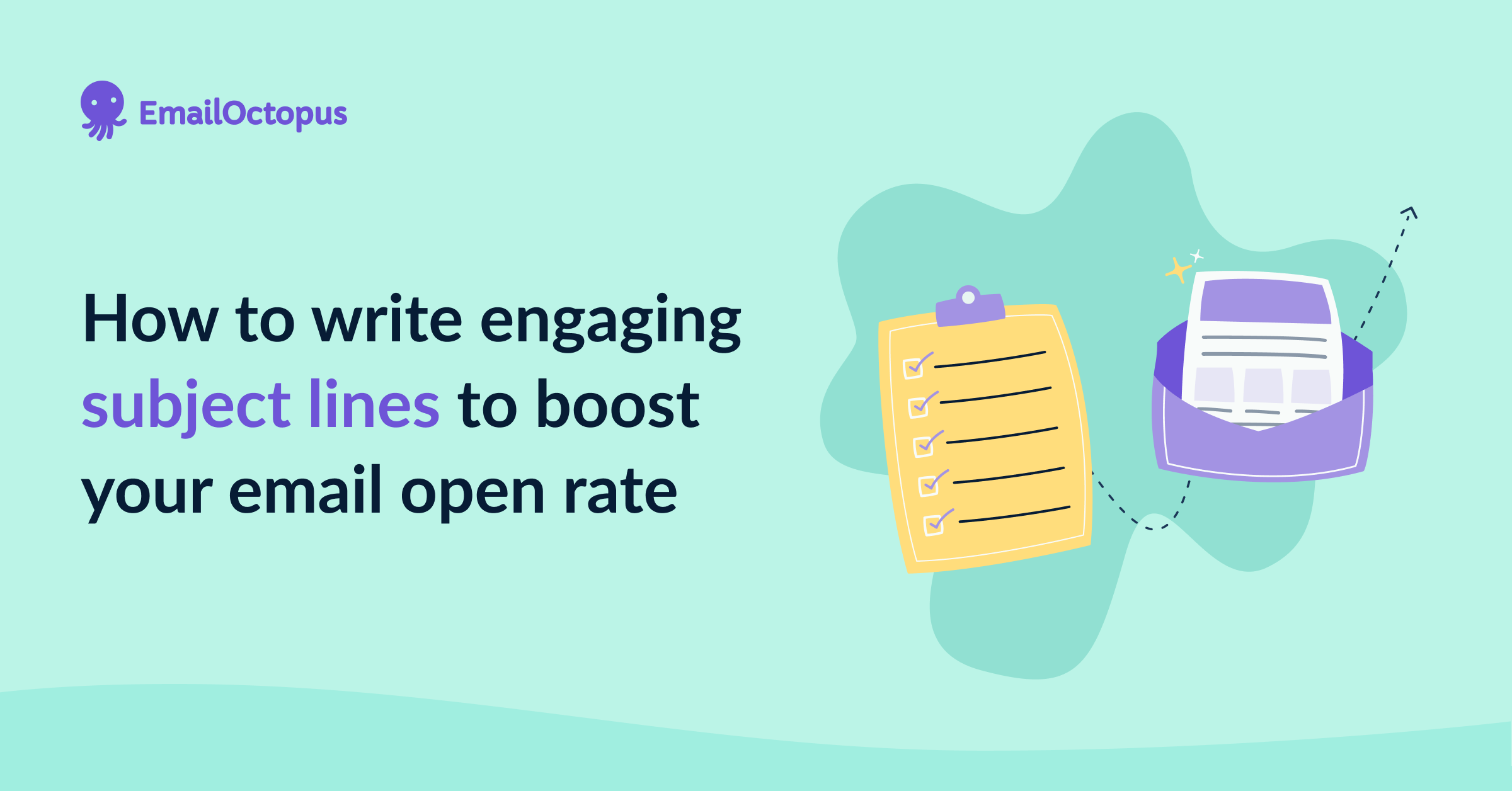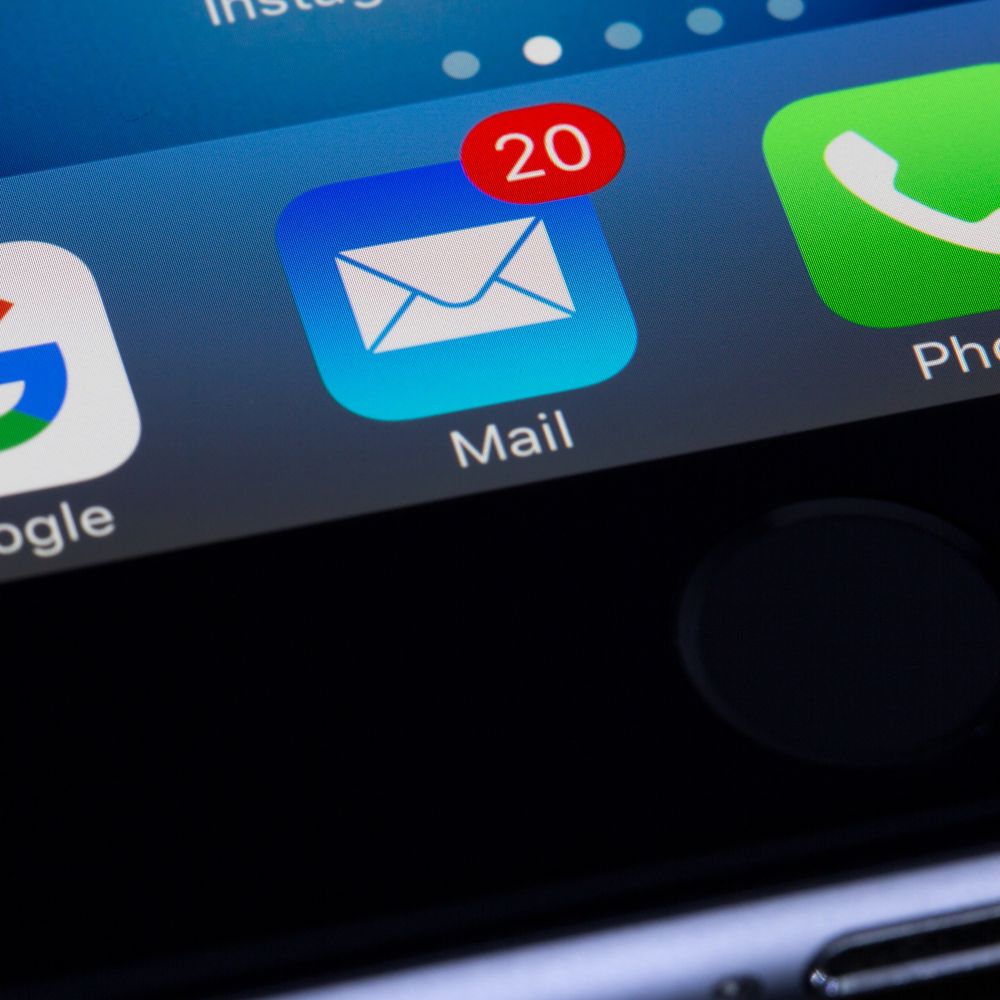No-one wants their email list to get shorter, but it’s inevitable that some people who joined your email list will unsubscribe. As much as it might hurt to see them leave, it does leave you with your most devoted readers – which is a good thing. To ensure the number of unsubscribers doesn’t get too large, here are a few tips on keeping unsubscriber rates down.
1. Make it personal
Often, people unsubscribe because they’re receiving irrelevant emails. Make sure that what you’re putting into people’s inboxes is tailored to them. This keeps them engaged and ensures they’re happy to keep receiving your newsletters in the future.

Personalisation is a great way to achieve this, targeting your readers based on their content preferences, interests or purchase history. You want your subscribers to feel valued – if they don’t, they’re likely to go elsewhere.
2. Optimise the frequency of your emails
Sending too many emails can overwhelm your subscribers and lead to higher unsubscriber rates. So, experiment with different frequencies to find the sweet spot that works for your audience. It can help to let your subscribers know how often they’ll hear from you, and ask them to update their preferences so they have control over how many emails they receive.
3. Test your subject lines
If you want to reduce your unsubscriber rate, it can help to do some testing of different subject lines to see which are more effective. This element of your email plays a big part in open rates. A/B testing with different criteria, such as tone or length, can give you more insight into what works for your readers.

4. Use a double opt-in process
A double opt-in process can be an effective way to confirm that subscribers want to receive your emails, which helps to ensure that you have a high-quality list of engaged subscribers.
This two-step process involves leaving your address in the sign-up form and confirming your subscription via an email to verify that you do want to receive emails. While around one-fifth of those who subscribe never verify, it does mean that your list is filled with people who genuinely want to hear from you which reduces unsubscribes.
5. Ask for feedback
People who unsubscribe have various reasons for doing so. So, instead of guessing what you’ve done wrong, ask them why and respect their answers.

The insights you can glean from this feedback can be incredibly useful in improving your email marketing campaigns, and it can be gathered in various ways such as calls, emails with exit interviews or surveys on your unsubscribe page.
6. Segment your audience
Segmented email campaigns tend to achieve a 9% lower unsubscribe rate compared to non-segmented lists, so it’s a worthwhile way to keep your audience engaged and interested in what you’re sending them. You can segment your audience in various ways, from geographic location and age to gender, the frequency of their purchases or their interests.
By implementing these strategies, you can help reduce your email unsubscribe rates and keep your readers engaged and interested in your content.


No Comments
Leave a comment Cancel